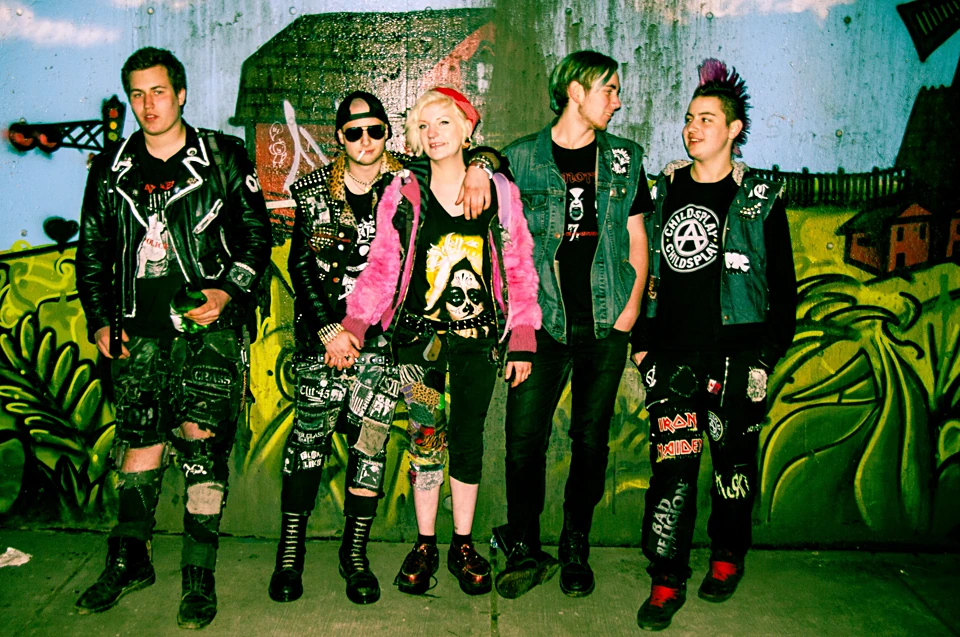This page is unfinished. It may be a mere placeholder in the book outline. Or, the text below (if any) may be a summary, or a discussion of what the page will say, or a partial or rough draft.
Subsocieties provided a new mode for the society-self relationship: an innovative renegotiation of individuation vs. integration; a bigger break with the past than the countercultural mode. The new approach centered voluntarism and recognition of the diversity of individuals, not just demographic classes.
The local scene
A subsociety was a close-knit group of a few hundred to a few thousand members sharing strong personal social bonds, organized around a subculture. They thought of themselves as elective tribes, in contrast with the mass societies both of “the mainstream” and of the 1960s-90s countercultures.
Subsocieties provided a comforting sense of “coming home to my people.” The self could now relate mostly only with a subsociety of like-minded folks, organized around subculture that expressed their personality and values. Members could largely ignore the systematic nation-state (which was less intrusive then than it has become). A subculture, and your role in a corresponding subsociety, could anchor your identity.
Subsocieties were mostly local, and based on in-person interactions, due to the technological limitations of the era:
-
On the one hand, they did not have the millions of dollars and millions of members that the countercultures relied on to create broadcast media channels. The monist counterculture dominated the music industry and published many magazines with nation-wide distribution (Rolling Stone for example). Plus, it was significant enough for the overall culture that mainstream media covered it constantly. A decade later, the dualist counterculture had the financial resources to operate several nationwide radio and television networks, which broadcast the Evangelical message to tens of millions. San Francisco’s Wiccan punk scene, with a few dozen members, didn’t.
-
On the other hand, the internet mostly didn’t exist, so during the subcultural era San Francisco’s Wiccan punk scene couldn’t interact with London’s in the way it might have in the 211st century. But by that time it had been atomized into irrelevance.
So subsocieties were primarily urban. Only major cities had a critical mass of subculture fanatics who could form a tribe around their peculiar interest.
That said, improving communication technologies did help spread subcultures. Inexpensive photocopying enabled “zines,” the precursor of blogs, which were a vital aspect of subcultures. The switch from vinyl LPs to cassette tapes broke the mainstream music industry’s monopoly. Indie and DIY music production enabled subcultural bands to reach an audience of hundreds of fanatics, whereas countercultural bands had to sign to Hollywood labels who wouldn’t do deals without mass market appeal.
Boundary work
Subsocieties were a renewed attempt to renegotiate the self-society boundary, taking a quite different approach from counterculturalism. The monist counterculture tried to eliminate boundaries; the dualist one tried absolutize them. When those approaches tried to reform the self-society boundary, the distance between self and “society,” taken to mean the entire nation, was too vast; and both failed.
Subsocieties created a boundary at an intermediate level between the individual and the state, and with an intermediate complexity of organization. Subcultures are all about working with boundaries that are both patterned and nebulous: creating, defining, adjusting, enforcing, nurturing, weeding, …
Subsocieties maintained their membership boundaries primarily through costly signaling requirements that excluded the uncommitted (called “poseurs” at the time):
- Extreme norm transgression (e.g. deviant sexual practices)
- Physical pain or other hazing
- Unemployability (hair styles, tats, etc)
- Ridiculousness/contemptibility
- Proliferation of esoteric knowledge (shibboleths)
- Proof of creative competence
- Monetarily expensive public gear (outfits)
- Gear that had to be hand-made or was difficult to source (you couldn’t reliably find the vintage thing in thrift shops; all the Victorian lace hats of that style got bought by the first dozen people in on the trend).
Subsocieties rarely had a clear understanding of these dynamics. They attacked particular boundary-maintenance issues with available tools, but didn’t reflect on the general problem. Overall, they failed: either they got overwhelmed with MOPs, or gradually made themselves so repellent that membership dwindled to zero. The subcultural mode might have been more successful if they’d taken a step back and taken a more theoretical approach.
To be fair, they were only groping toward ways of being that work “for us,” rather than trying to solve the problems of society in general. Few people during the era were aware that subculturalism was an era with a limited lifespan.
However, workable methods for maintaining intermediate-scale social boundaries has to be part of the way forward in the fluid mode, and understanding the subsocieties of the subcultural era may provide insights into how that might work.

